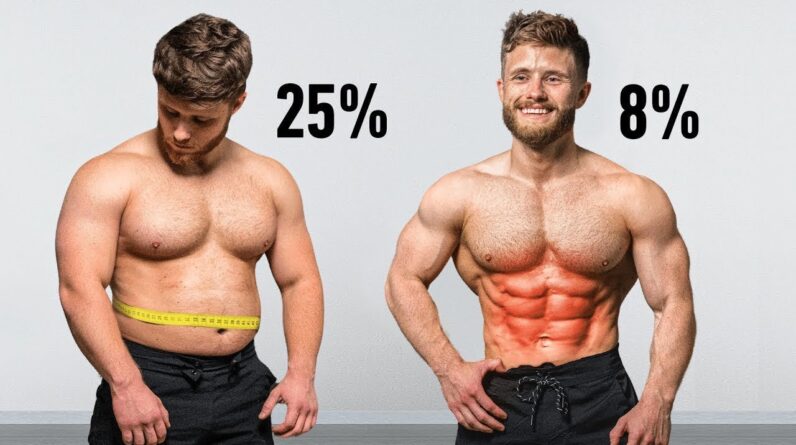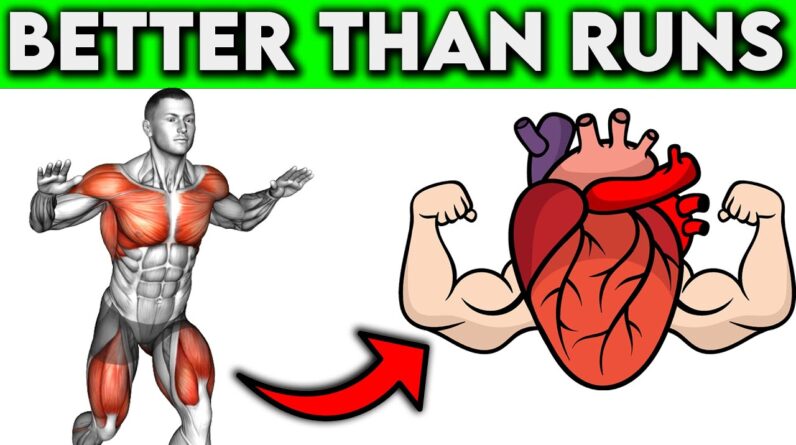
Strength training: Get stronger, leaner, healthier
Strength training is an important part of an overall fitness program. Here’s what strength training can do for you — and how to get started.
Want to reduce body fat, increase lean muscle mass and burn calories more efficiently? Strength training to the rescue! Strength training is a key component of overall health and fitness for everyone.
Use it or lose it
Lean muscle mass naturally diminishes with age.
Your body fat percentage will increase over time if you don’t do anything to replace the lean muscle you lose over time. Strength training can help you preserve and enhance your muscle mass at any age.
Strength training may also help you:
- Develop strong bones. By stressing your bones, strength training can increase bone density and reduce the risk of osteoporosis.
- Manage your weight. Strength training can help you manage or lose weight, and it can increase your metabolism to help you burn more calories.
- Enhance your quality of life. Strength training may enhance your quality of life and improve your ability to do everyday activities. Strength training can also protect your joints from injury. Building muscle also can contribute to better balance and may reduce your risk of falls. This can help you maintain independence as you age.
- Manage chronic conditions. Strength training can reduce the signs and symptoms of many chronic conditions, such as arthritis, back pain, obesity, heart disease, depression and diabetes.
- Sharpen your thinking skills. Some research suggests that regular strength training and aerobic exercise may help improve thinking and learning skills for older adults.
Consider the options
Strength training can be done at home or in the gym. Common choices may include:
- Body weight. You can do many exercises with little or no equipment. Try pushups, pullups, planks, lunges and squats.
- Resistance tubing. Resistance tubing is inexpensive, lightweight tubing that provides resistance when stretched. You can choose from many types of resistance tubes in nearly any sporting goods store or online.
- Free weights. Barbells and dumbbells are classic strength training tools. If you don’t have weights at home, you can use soup cans. Other options can include using medicine balls or kettle bells.
- Weight machines. Most fitness centers offer various resistance machines. You can invest in weight machines for use at home, too.
- Cable suspension training. Cable suspension training is another option to try. In cable suspension training, you suspend part of your body — such as your legs — while doing body weight training such as pushups or planks.
Getting started
If you have a chronic condition, or if you’re older than age 40 and you haven’t been active recently, check with your doctor before beginning a strength training or aerobic fitness program.
Before beginning strength training, consider warming up with brisk walking or another aerobic activity for five or 10 minutes. Cold muscles are more prone to injury than are warm muscles.
Choose a weight or resistance level heavy enough to tire your muscles after about 12 to 15 repetitions. When you can easily do more repetitions of a certain exercise, gradually increase the weight or resistance.
Research shows that a single set of 12 to 15 repetitions with the proper weight can build muscle efficiently in most people and can be as effective as three sets of the same exercise. As long as you take the muscle you are working to fatigue — meaning you can’t lift another repetition — you are doing the work necessary to make the muscle stronger. And fatiguing at a higher number of repetitions means you likely are using a lighter weight, which will make it easier for you to control and maintain correct form.
To give your muscles time to recover, rest one full day between exercising each specific muscle group.
Also be careful to listen to your body. If a strength training exercise causes pain, stop the exercise. Consider trying a lower weight or trying it again in a few days.
It’s important to use proper technique in strength training to avoid injuries. If you’re new to strength training, work with a trainer or other fitness specialist to learn correct form and technique. Remember to breathe as you strength train.
When to expect results
You don’t need to spend hours a day lifting weights to benefit from strength training. You can see significant improvement in your strength with just two or three 20- or 30-minute strength training sessions a week.
For most healthy adults, the Department of Health and Human Services recommends these exercise guidelines:
- Aerobic activity. Get at least 150 minutes of moderate aerobic activity or 75 minutes of vigorous aerobic activity a week, or a combination of moderate and vigorous activity. The guidelines suggest that you spread out this exercise during the course of a week. Greater amounts of exercise will provide even greater health benefits. But even small amounts of physical activity are helpful. Being active for short periods of time throughout the day can add up to provide health benefits.
- Strength training. Do strength training exercises for all major muscle groups at least two times a week. Aim to do a single set of each exercise, using a weight or resistance level heavy enough to tire your muscles after about 12 to 15 repetitions.
As you incorporate strength training exercises into your fitness routine, you may notice improvement in your strength over time. As your muscle mass increases, you’ll likely be able to lift weight more easily and for longer periods of time. If you keep it up, you can continue to increase your strength, even if you’re not in shape when you begin.
From Mayo Clinic to your inbox
Sign up for free and stay up to date on research advancements, health tips, current health topics, and expertise on managing health. Click here for an email preview.
To provide you with the most relevant and helpful information, and understand which information is beneficial, we may combine your email and website usage information with other information we have about you. If you are a Mayo Clinic patient, this could include protected health information. If we combine this information with your protected health information, we will treat all of that information as protected health information and will only use or disclose that information as set forth in our notice of privacy practices. You may opt-out of email communications at any time by clicking on the unsubscribe link in the e-mail.
Thank you for subscribing!
You’ll soon start receiving the latest Mayo Clinic health information you requested in your inbox.
Sorry something went wrong with your subscription
Please, try again in a couple of minutes
April 29, 2023
- AskMayoExpert. Physical activity (adult). Mayo Clinic; 2020.
- Physical Activity Guidelines for Americans. 2nd ed. U.S. Department of Health and Human Services. https://health.gov/paguidelines/second-edition. Accessed March 4, 2021.
- American College of Sports Medicine. Quantity and quality of exercise for developing and maintaining cardiorespiratory, musculoskeletal, and neuromotor fitness in apparently healthy adults: Guidance for prescribing exercise. Medicine & Science in Sports & Exercise. 2011;43:1334.
- Four types of exercise can improve your health and physical activity. National Institute on Aging. https://www.nia.nih.gov/health/four-types-exercise-can-improve-your-health-and-physical-ability. Accessed March 4, 2021.
- Real life benefits of exercise and physical activity. National Institute on Aging. https://www.nia.nih.gov/health/real-life-benefits-exercise-and-physical-activity. Accessed March 4, 2021.
- Brown LE, ed. Types of strength and power training. In: Strength Training. 2nd ed. Human Kinetics; 2017.
- Laskowski ER (expert opinion). Mayo Clinic. March 11, 2021.
Products and Services
.








